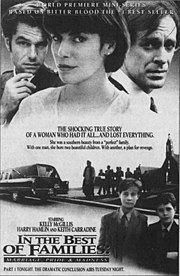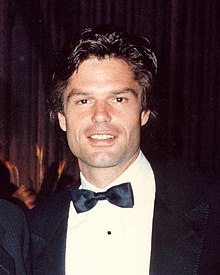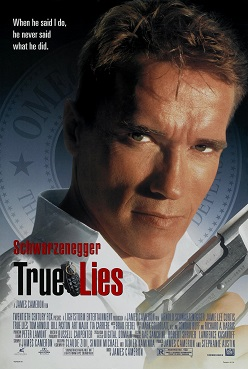
True Lies is a 1994 American action comedy film written and directed by James Cameron, based on the 1991 French comedy film La Totale!. The film stars Arnold Schwarzenegger as Harry Tasker, a U.S. government agent, who struggles to balance his double life as a spy with his familial duties. Jamie Lee Curtis, Tom Arnold, Bill Paxton, Art Malik, and Tia Carrere star in supporting roles. True Lies was the first Lightstorm Entertainment project to be distributed under Cameron's multimillion-dollar production deal with 20th Century Fox, as well as the first major production for the visual effects company Digital Domain, which was co-founded by Cameron. It was also the first film to cost $100 million.
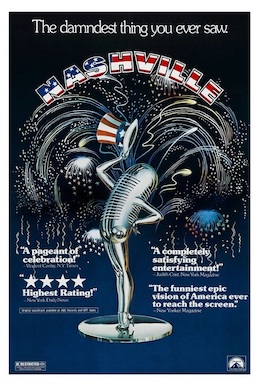
Nashville is a 1975 American satirical musical comedy-drama film directed and produced by Robert Altman. The film follows various people involved in the country and gospel music industry in Nashville, Tennessee, over the five-day period leading up to a gala concert for a populist outsider running for president on the Replacement Party ticket.
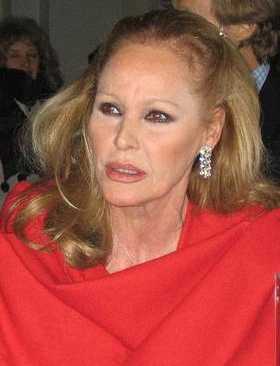
Ursula Andress is a Swiss actress, former model and sex symbol who has appeared in American, British and Italian films. Her breakthrough role was as Bond girl Honey Ryder in the first James Bond film, Dr. No (1962). She later starred as Vesper Lynd in the 1967 Bond parody Casino Royale. Other credits include Fun in Acapulco (1963), 4 for Texas (1963), She (1965), The 10th Victim (1965), The Blue Max (1966), The Southern Star (1969), Perfect Friday (1970), Red Sun (1971), The Sensuous Nurse (1975), Slave of the Cannibal God (1978), The Fifth Musketeer (1979), Clash of the Titans (1981), and Peter the Great (1986).
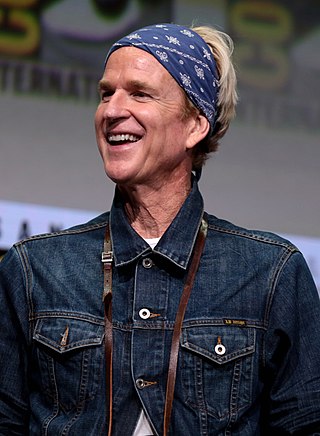
Matthew Avery Modine is an American actor. He rose to prominence through his role as U.S. Marine Private/Sergeant J.T. "Joker" Davis in Stanley Kubrick's Full Metal Jacket (1987). Other films include Birdy (1984), Vision Quest (1985), Married to the Mob (1988), Gross Anatomy (1989), Pacific Heights (1990), Short Cuts (1993), Cutthroat Island (1995), The Dark Knight Rises (2012), and Oppenheimer (2023). On television, he portrayed Dr. Don Francis in the HBO film And the Band Played On (1993), the oversexed Sullivan Groff on Weeds (2007), Ivan Turing in Proof (2015), and Dr. Martin Brenner in Netflix's Stranger Things (2016–2022).
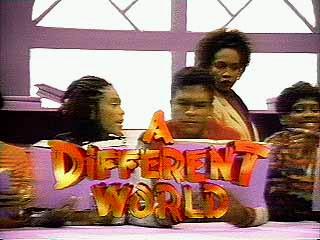
A Different World is an American sitcom television series and a spin-off of The Cosby Show. It aired for six seasons on NBC from September 24, 1987 to July 9, 1993. The series originally centered on Denise Huxtable and the life of students at Hillman College, a fictional historically black college in Virginia. It was inspired by student life at historically black colleges and universities.

Keith Ian Carradine is an American actor who has had success on stage, film, and television. He is known for his roles as Tom Frank in Robert Altman's film Nashville, E. J. Bellocq in Louis Malle's Pretty Baby, Mickey in Alan Rudolph's Choose Me, Wild Bill Hickok in the HBO series Deadwood, FBI agent Frank Lundy in Dexter, Lou Solverson in the first season of Fargo, and U.S. president Conrad Dalton in Madam Secretary. He also had a recurring role as Penny's father Wyatt in the CBS sitcom The Big Bang Theory. He is a member of the Carradine family of actors that began with his father, John Carradine.

Drew McQueen Bledsoe is an American former football quarterback who played in the National Football League (NFL) for 14 seasons, primarily with the New England Patriots. He played college football at Washington State University, where he won Pac-10 Offensive Player of the Year as a junior, and was selected by the Patriots first overall in the 1993 NFL Draft. Considered the face of the Patriots franchise during his nine seasons with the team, Bledsoe helped improve New England's fortunes from 1993 to 2001. Under Bledsoe, the Patriots ended a seven-year postseason drought, qualified for the playoffs four times, clinched their division twice, and made a Super Bowl appearance in Super Bowl XXXI. He was also named to three Pro Bowls and became the youngest quarterback to play in the NFL's Pro Bowl game in 1995.

The Bob Cummings Show is an American sitcom starring Bob Cummings, which was broadcast from January 2, 1955, to September 15, 1959.
Morris Clyde Lewis III is an American former professional football player who was a linebacker for 13 seasons with the New York Jets of the National Football League (NFL). After playing college football for the Georgia Bulldogs, Lewis was selected by the Jets in the third round of the 1991 NFL Draft. He was named to three Pro Bowls and was a first-team All-Pro during his career, in addition to being a member of the Jets All-Time Four Decade Team. His accomplishments, however, would be overshadowed by him injuring New England Patriots quarterback Drew Bledsoe in 2001, which inadvertently began a dynasty for the Patriots when they relieved Bledsoe with Tom Brady.

James Farentino was an American actor. He appeared in television, film, and on stage, including The Final Countdown, Jesus of Nazareth, and Dynasty.

Susie Marshall Sharp was an American jurist who served as the first female chief justice of the North Carolina Supreme Court. She was not the first woman to head the highest court in a U.S. state, but is believed to be the first woman elected to such a post in a state, like North Carolina, in which the position is elected by the people separately from that of Associate Justice. In 1965, Lorna E. Lockwood became the first female chief justice of a state supreme court, but in Arizona, the Supreme Court justices elect their chief justice.

Zombie Nightmare is a 1987 Canadian zombie film produced and directed by Jack Bravman, written by John Fasano, and starring Adam West, Tia Carrere, Jon Mikl Thor, and Shawn Levy. The film centres around a baseball player who is killed by a group of teenagers and is resurrected as a zombie by a Haitian voodoo priestess. The zombie goes on to kill the teens, whose deaths are investigated by the police. The film was shot in the suburbs of Montreal, Canada. It was originally written to star mostly black actors but, at the request of investors, the characters' names were changed to more typically white names. While Bravman was credited as director, Fasano directed the majority of the film. Problems occurred between Fasano and the production crew, who believed him to be assistant director and ignored his directions.
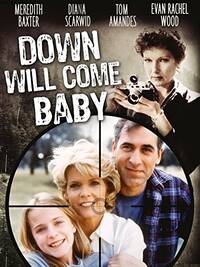
Down Will Come Baby is a 1999 American suspense thriller television film written and directed by Gregory Goodell, based on the 1991 novel of the same name by Gloria Murphy. The film tells the story of Leah, a career woman who prioritizes work over her husband Marcus and their young daughter Robin. Leah accepts an out-of-state promotion that takes her away from her family, just as Robin is going through a difficult time following the accidental death of her friend at summer camp. The family's kindly new neighbor Dorothy steps in to help, but Leah suspects that Dorothy's seemingly innocent interest in her daughter belies a darker motive.

Mr. Horn is a 1979 American Western miniseries based on Tom Horn's writings, starring David Carradine. It was directed by Jack Starrett from a screenplay by William Goldman. This version came out just prior to the 1980 feature film Tom Horn, which starred Steve McQueen.

Fresno is a 1986 American television comedy miniseries that parodied prime time soap operas of the time such as Falcon Crest, Dallas, and Dynasty. Fresno was directed by Jeff Bleckner. The series featured high production values, including lavish haute couture gowns by leading costume designer Bob Mackie, a main cast including Carol Burnett, Teri Garr, Charles Grodin and Dabney Coleman, and supporting cast including Charles Keating, Pat Corley, Louise Latham, Tom Poston and Henry Darrow. It was noted at the time as being the first American satirical TV comedy to be made in the then-popular miniseries format.

Baby Face Nelson is a 1957 American film noir crime film based on the real-life 1930s gangster, directed by Don Siegel, co-written by Daniel Mainwaring—who also wrote the screenplay for Siegel's 1956 sci-fi thriller Invasion of the Body Snatchers—and starring Mickey Rooney, Carolyn Jones, Cedric Hardwicke, Leo Gordon as Dillinger, Anthony Caruso, Jack Elam, John Hoyt and Elisha Cook Jr.
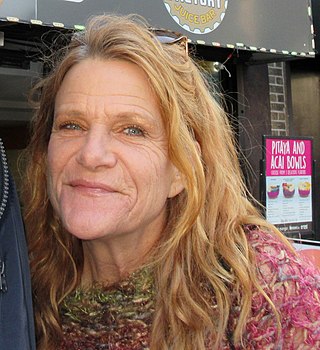
Diana Dale Dickey is an American character actress who has worked in theater, film, and television. She began her career on stage, performing in the 1989 Broadway version of The Merchant of Venice, before appearing in popular revivals of A Streetcar Named Desire, Sweeney Todd and more off-Broadway and in regional theaters. She's the recipient of two Ovation Awards for her stage work in Los Angeles.

Bitter Blood: A True Story of Southern Family Pride, Madness, and Multiple Murder (1988) is a non-fiction crime tragedy written by American author Jerry Bledsoe that reached #1 on the New York Times bestseller list. Bitter Blood is composed of various newspaper articles and personal eyewitness accounts of several homicides in 1984 and 1985. The setting for the majority of the book is Rockingham County and Guilford County in rural North Carolina.

Showdown at Boot Hill is a 1958 American Western film directed by Gene Fowler Jr., written by Louis Vittes, and starring Charles Bronson, Robert Hutton, John Carradine, Carole Mathews, Fintan Meyler and Paul Maxey. The film was released on May 1, 1958, by 20th Century Fox.
A Father for Charlie, is a television film that premiered on CBS on January 1, 1995. The film was directed by Jeff Bleckner and written by H. Haden Yelin. It stars Louis Gossett Jr. as Walter Osgood, the only black farmer in the highly-prejudiced town of High Lonesome in the Ozarks, at the height of the Great Depression in 1932. Despite the racist abuse he endures from the townspeople and the Ku Klux Klan, Walter forms an unlikely friendship with Charlie, the 10-year-old son of his white tenant farmer.
